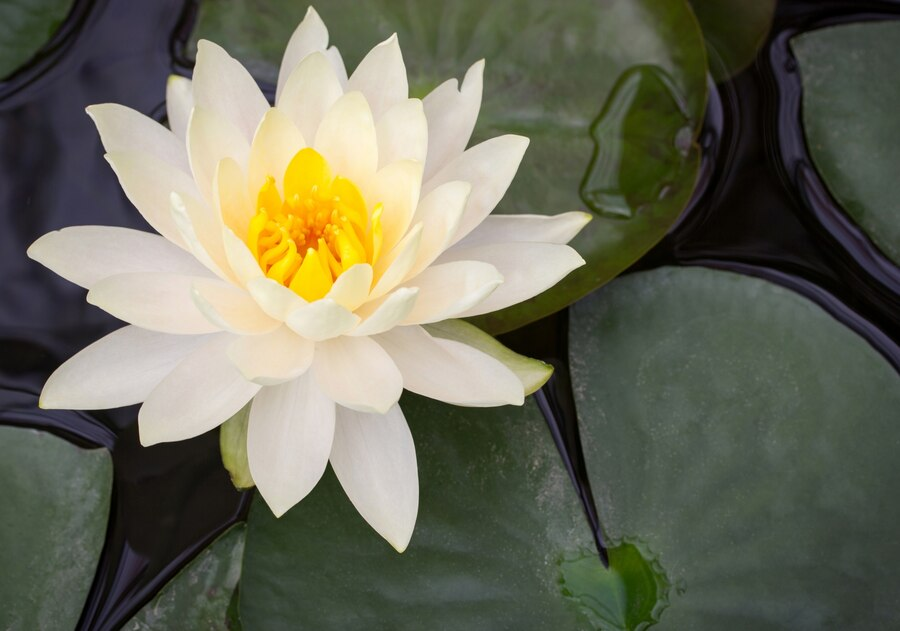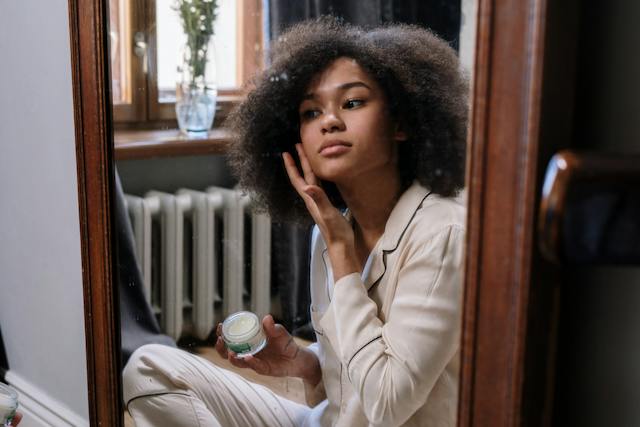This article discusses plants not to grow in your garden that are harmful to you and your pets. While you may be tempted to plant them because of their features and properties, your safety should be paramount.
Let’s look at the 10 plants not to grow in your garden.
Become an insider. Subscribe to our newsletter for more top trending stories like this!
People Also Read: What Herbs Grow Well Together in the Same Container? Top 4 Groups
Amaranth
Amaranth is a unique plant with many medicinal properties. Pharmaceutical industries use it to manufacture medicine for stomach ulcers, tuberculosis, and antiseptic medications, among others. The flowers are also used to reduce excessive vaginal bleeding and vaginal discharge.
However, amaranth produces a lot of pollen. If you suffer from seasonal allergies, this plant should be on your list of plants not to grow in your garden. Planting amaranth will make your garden a less enjoyable experience.
Aloe Vera
I know you’re surprised to see aloe vera on this list because the plant can be used for burns, skin, and hair treatment. It has unique medical and healing properties that you’ll need to plant at home, ideally.
However, aloe vera should be on your list of plants not to grow in your garden if you have pets. The thick medicinal juice is toxic to animals, such as cats and dogs. When consumed, animals experience symptoms such as diarrhea, tremors, vomiting, and mood swings.
Hence, it’s best to avoid growing aloe vera plants in your garden if you have pets or plan to have one. Alternatively, you can buy aloe vera gel on Amazon for your medicinal needs.
Bamboo
Bamboo is a reliable wood you can use as a building material for garden walls. It’s also a major material for construction, especially in supporting concrete in-story buildings. It’s a strong plant that can withstand herbicides and tough conditions.
But bamboo is invasive and spreads beyond its area. This means it can take over the entire garden area and overshadow other plants. The best idea is to designate an area far from home to plant bamboo if you want to.
Wisteria
This plant has a waterfall-like feature, flowing like a river and climbing like a tree. Due to its unique features, you’ll be tempted to grow it in your garden for its appealing purplish colors. However, like bamboo, wisteria is invasive and is one of the plants not to grow in your garden.
Castor Bean Plant
The castor bean plant has anti-inflammatory properties, so it’s cultivated mainly for medicine. It also helps prevent bacteria and parasites, heal ulcers, and serve as a laxative. The castor bean plant is grown primarily for medicinal purposes.
It has poisonous substances in its leaves and seeds that harm animals such as pets.
English Ivy
Also called the hedera helix, this plant invades structures such as gutters and aluminium siding. It destroys plants that attract bees and encourages pollination, making it problematic to grow around other shrubs or flowers.
Burning Bush
Video source: BigBoyPlants- YouTube
As the name says, this plant has fiery red foliage leaves growing in a round shape. At a further look, you’ll think the plant is a real burning bush. While it beautifies the environment, its appearance could cause havoc with the community.
Become an insider. Subscribe to our newsletter for more top trending stories like this!
It spreads to other various through the activities of birds dispersing the seeds. It then grows to form a thick, round, burning shape that becomes a nuisance.
Bradford Pear
This plant is also called Pyrus callerryna. It’s a beautiful plant you might have seen on the street lining up like a wall. It produces beautiful flowers of spring blooms but has downsides you’ll want to avoid.
First, the beautiful white flowers have a pungent smell contrary to its beauty. Also, the Bradford pear tree is invasive and becomes a problematic plant to other plants.
However, this plant can grow fast in any soil. It’s also pest-resistant but doesn’t provide a habitat for birds or other insects.
Japanese Barberry
While the barberry is a beauty to behold, the plant is toxic. If you mistakenly digest the berry or flowers, it can cause gastrointestinal distress, an upset stomach, and vomiting. This means the plant is harmful to pets and animals. The Japanese barberry also produces a lot of ticks and shrubby areas for mice. As such, you’ll want to avoid growing these in your garden.
Calla lily
Lilies are beautiful plants, no doubt. You can use lilies for decoration for diverse occasions and even as a bridal bouquet. Growing lilies in your garden will bring beauty not only to your house but to your neighbourhood too.
However, if you have pets, especially cats, you should avoid growing lilies at home. The flowers and smell of lilies pose a great threat to cats. Other types of lily plants not to grow in your garden are;
- Tiger lily
- Easter lily
- Day lily
- Rubrum lily
- Asian lily
People Also Read: What Not to Plant Next to Tomatoes: Top 8 Incompatible Plants Black Americans Should Know
You should consider this list of plants not to grow in your garden while making garden plans to stay on the safer side and to protect your pets.
Interested in watching the full article video? See below. Subscribe to our YouTube channel for more original, inspiring videos on the black experiences.
Nearly 80% of consumers visit directories with reviews to find a local business. List your business for free in our exclusive Spotcovery Black-Owned Business Directory.
Spotcovery offers unique and fresh daily content on Black culture, lifestyle, and experiences. We talk about everything black, black people, black-owned and black-owned businesses. We also deliver authentic and relevant content that will inform, inspire, and empower you! The future of black media is critical to today’s black experience! Our primary audience includes African Americans, Africans, Afro-Caribbean, and people of African heritage. Black culture is for the culture!
Become an insider. Subscribe to our newsletter for more top trending stories like this!





